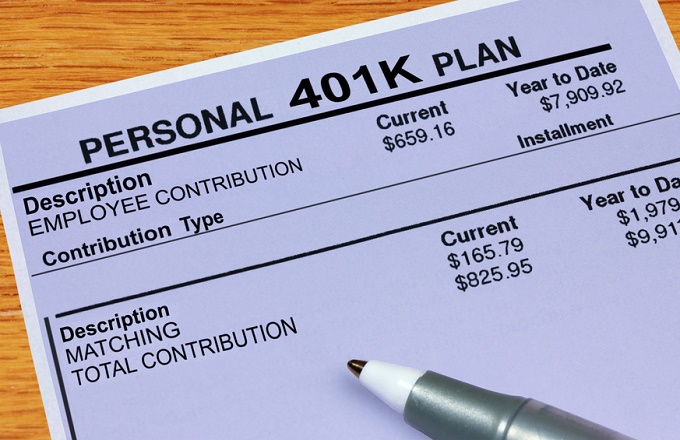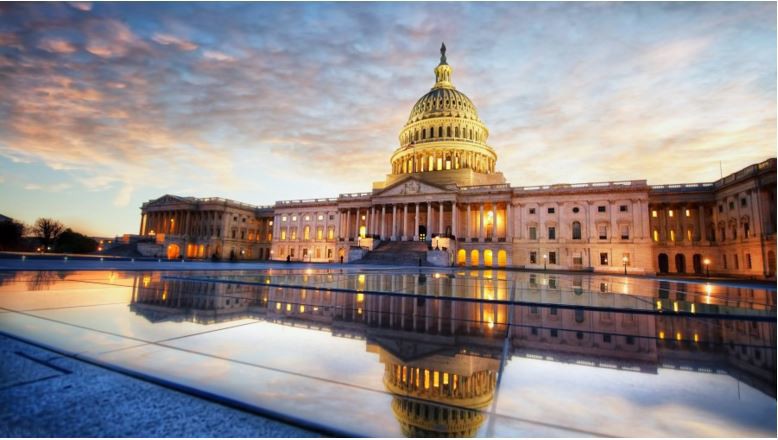As lawmakers in Lansing debate switching newly hired public school teachers from traditional pensions to 401(k)-style funds, the corporate execs who paved the way for these retirement accounts in the 1980s have admitted that they failed.
In a Wall Street Journal piece published in January, the pioneers of the 401(k) movement said that their plan was never intended to eliminate defined benefit pension plans. These tax-sheltered investments were supposed to supplement pensions and Social Security.
But it never worked out as expected.
Timothy Martin, author of the WSJ story, explained the history to NPR:
“These people talked about a three-legged stool, that you’d have Social Security — we’ve still got that — you’d have a traditional company pension, which provide a set payout for life as a percentage of your sort of final years of salary, and then you would have this thing called the 401(k) that would supplement both the pension and the Social Security.
“And, you know, it just might be there to either buttress a pension or for vacations, paying for grandchildren’s college education, that type of stuff. They did not vision a world where the 401(k) would supplant the pension.”
Yet, 35 years later politicians and CEOs still insist that replacing workers’ pensions with 401(k)s provides the employees with more freedom and control over their retirement “nest egg.” In reality, these defined contribution plans have left most workers far short of a shining example of the golden years.
The Center for Retirement Research currently estimates that about half of households will not maintain their net standard of living in retirement, and the youngest Baby Boomers and the Gen Xers are in even worse shape.
Martin said that the original advocates of this revision to the IRS tax code failed to foresee two obvious flaws. First, these innovative investment funds initially racked up gains of 15 to 20 percent, windfalls fueled by a stock market spurt that could not last. Second, the assumption was that workers with a 401(k) would pump far more personal savings into their account than was ever realistic.
“No one predicted that the 401(k) would sort of underperform or underserve, you know, a mass range of workers. I don’t think anyone would’ve signed on,” Martin said. “You know, one sort of mistaken perception heading in — these people all thought Americans would see it in their best interest to save as much as they could for retirement. And what we’ve learned in recent decades is that more people are willing to spend, or want to spend, rather than save.”
The reforms under discussion in the state Capitol would establish a 4% contribution by the state to a new teacher’s 401(k)-style plan. The teacher would contribute up to another 3%, matched by the state, for up to 10% annually.
The goal is to put the brakes on a K-12 teacher pension plan that has saddled the state with $29 billion in long-term unfunded liabilities.
Critics of this makeover point out that, in the 20 years since most state employees (through new hires) were gradually converted from government pensions to 401(k)s, the retirement system has built up nearly $6 billion in unfunded liabilities. A fully funded system in 1996, it slid backward into red ink instead of remaining stable.
At the same time employees in the public and private sectors looking forward to retirement in the next couple of decades have faced far more economic hardship than was ever imagined when the 401(k) revolution took hold in the Reagan era.
When employers first began switching from pensions to investment funds, workers were told that a steady 3 percent contribution to their tax-deferred 401(k) would be sufficient to provide a comfortable retirement. Now, some financial planners say 15 percent is closer to the truth.
Many middle class families faced with stagnant wages are living paycheck to paycheck as they’ve struggled with rapid rises in the cost of cost of health insurance, college tuition and child care.
What’s more, some households still have not fully recovered from the 2008-10 recession that took a big bite out of their two main assets – their home and, of course, their 401(k) account.





Great post! Have nice day ! 🙂 kbntx